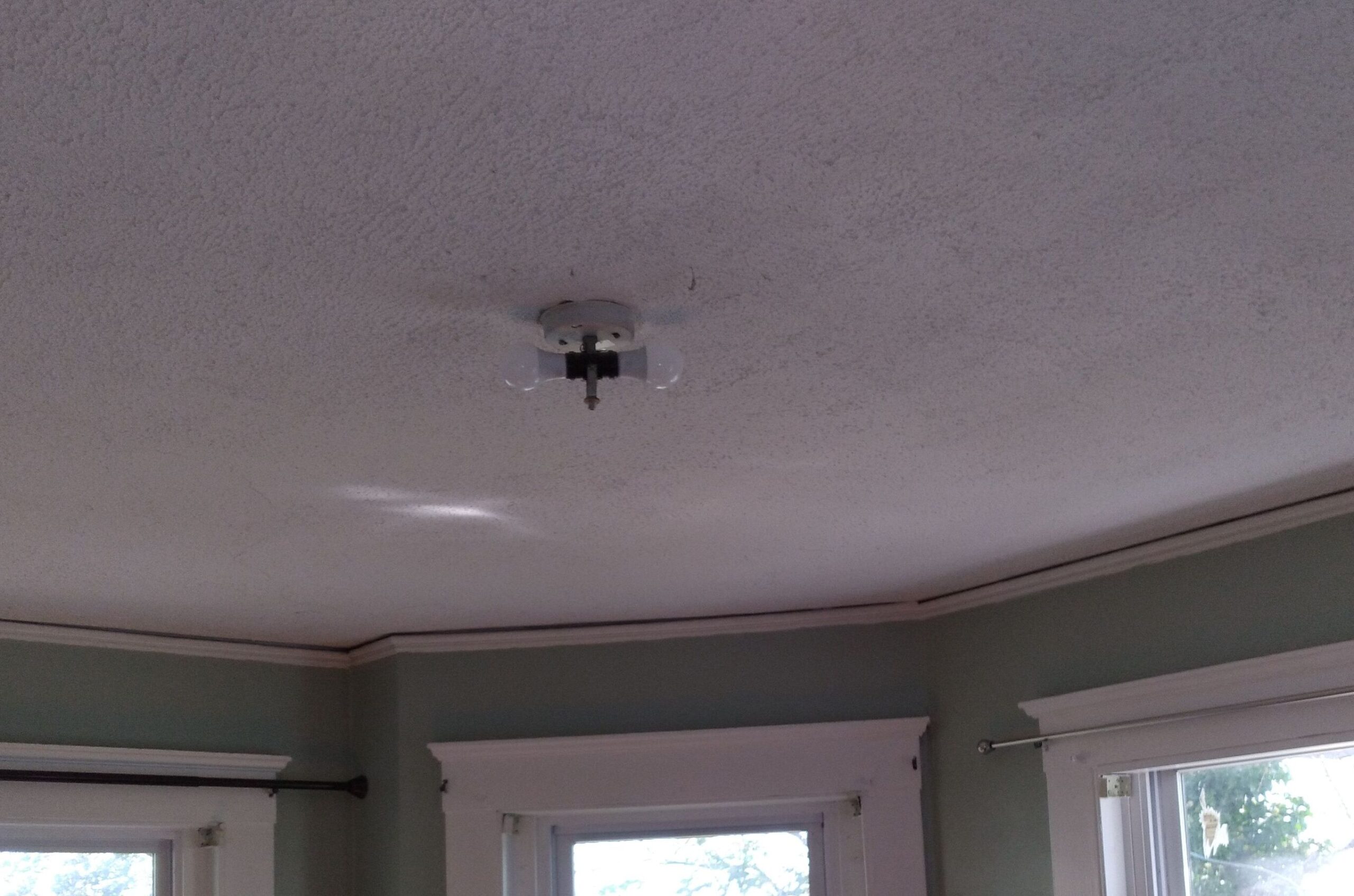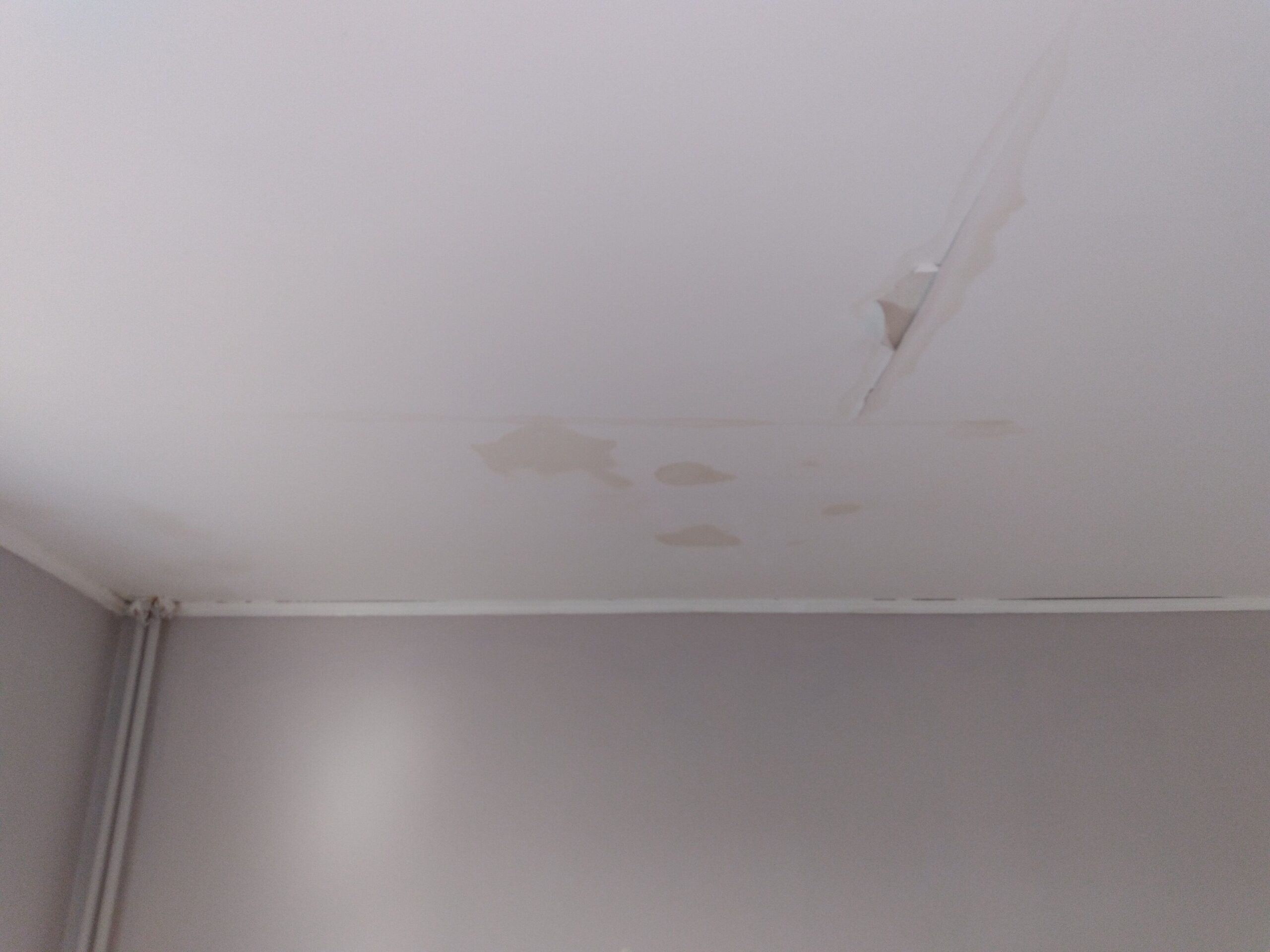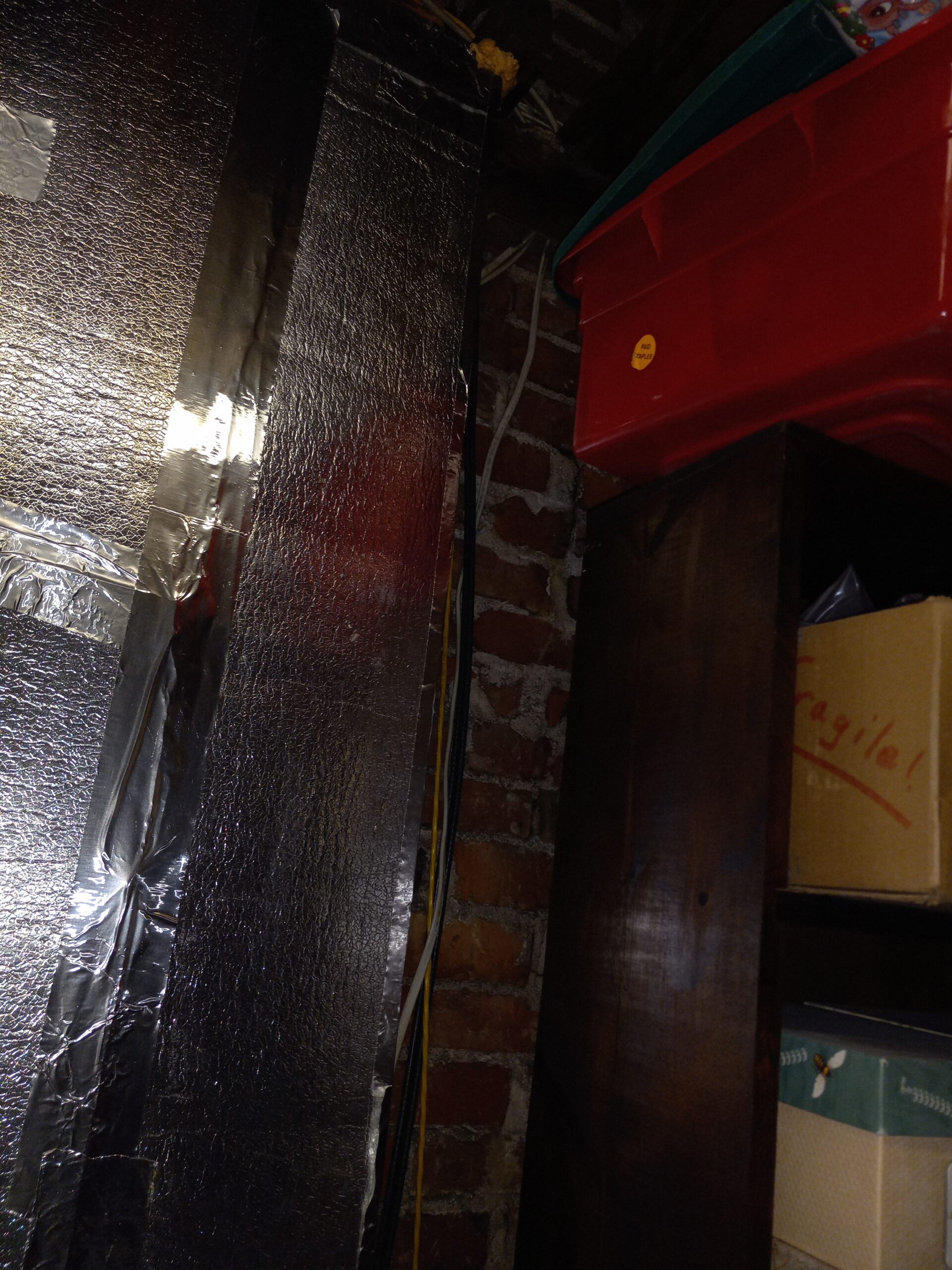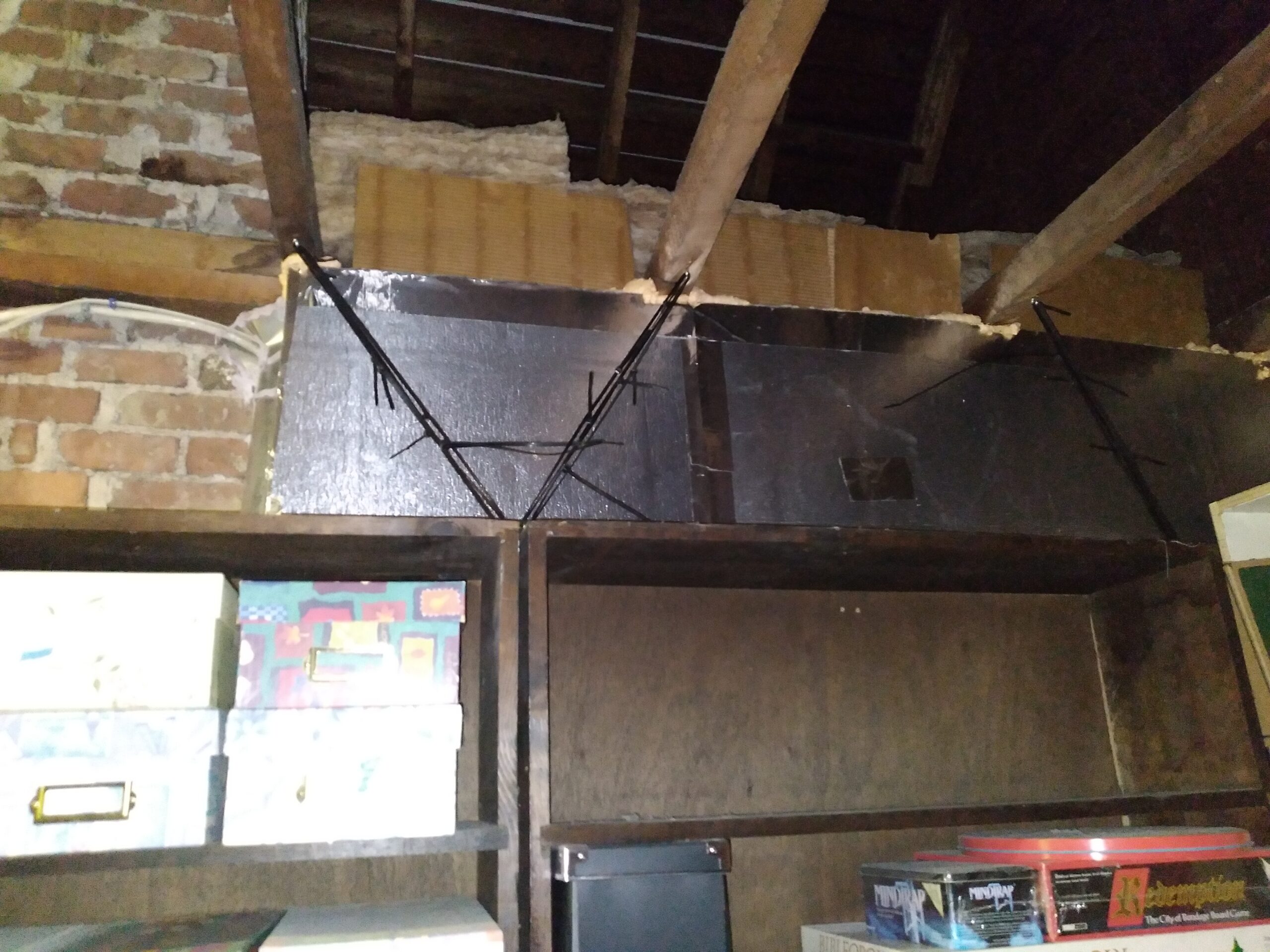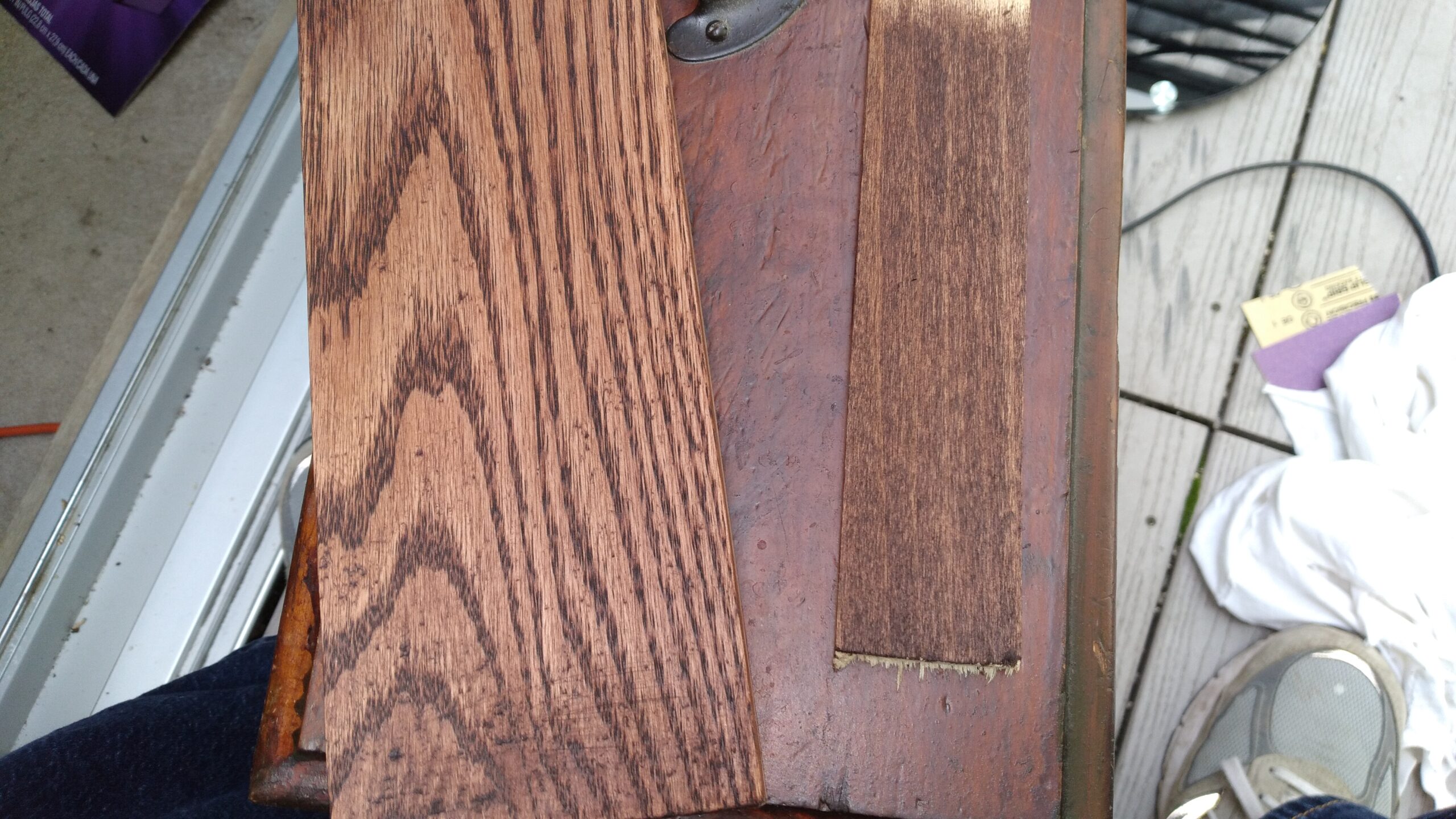Well let me be the first to say that I am not a mason. For a long time I have avoided working with concrete, mostly because it seemed very mysterious to me. Also, unlike other realms of handymanning, there is precious little access to knowledgeable people to seek advice therefrom.
However, handyman work is all about customer need, and lately I have been running into multiple clients who have relatively small concrete oriented jobs, and as always, I get the lament that “I can’t find anyone to do it.” So, in I dive.
Concrete work feels very much like baking. You have the concrete with is very much like flour, you add water, and then you mix it up just so. Grout, a form of concrete, has amazingly precise instructions for mixing for x minutes then let it sit for Y minutes. Then you have quick setting concrete also known as instant in the food world . . .
The real trouble with concrete is, if you screw it up, you have a VERY heavy VERY stuck on glop of stuff that can be close to impossible to remove, so everything gets to be very high stress.
Anyway, last week a client asked me to deal with a brick wall, it was a low retaining wall for a front yard. The guy who put this thing in decided for some reason to use construction adhesive instead of mortar, and most of it lost all structural integrity. So now I have a bunch of loose bricks with glops and glops of goo under each brick. And here is the massive irony du jour: dry/old construction adhesive . . . will not adhere to any kind of mortar, nor will it adhere to new adhesive. Not even the super duper varieties, You see, they all want to bond to a porous surface, and dried adhesive is anything but. and believe me I researched . . . I called quikrete, I talked to every dept at Home Depot, I talked to Loctite, . . . and . . . nothing.
So, my only option is to somehow get all that dried goop off of each brick . . .
This wall had a few corner pieces made out of triangles, and those HAD to be fixed, so I wire-wheeled the old goop off the backs of each piece, PLUS the tops of the bricks below. it took for gosh darned ever.
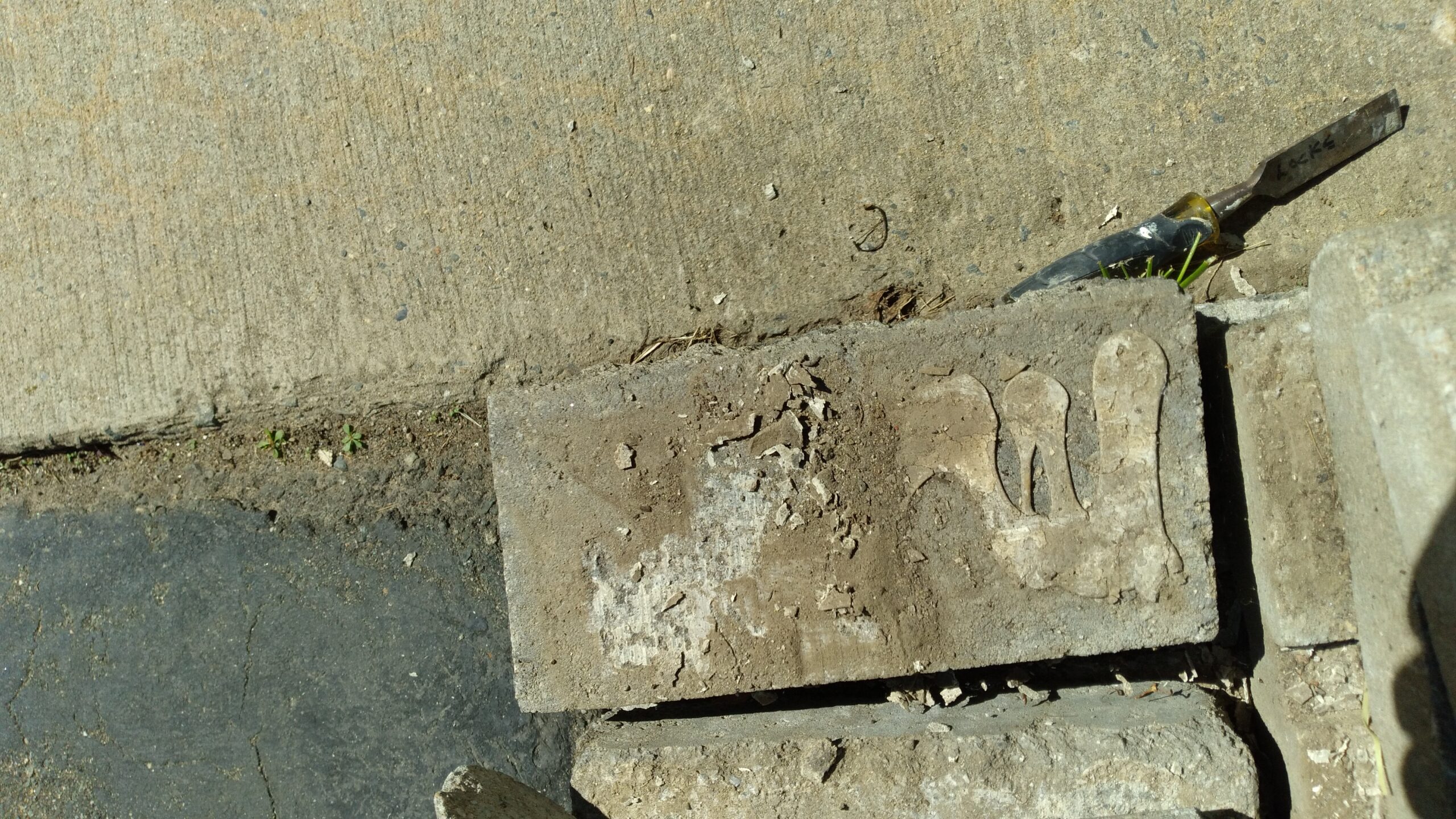 To make extra sure, I used a hammer drill to make holes in all the surfaces to makes sure to get a good bond. So I succeeded there anyway, and it was necessary, as the triangles were falling off at the slightest provocation.
To make extra sure, I used a hammer drill to make holes in all the surfaces to makes sure to get a good bond. So I succeeded there anyway, and it was necessary, as the triangles were falling off at the slightest provocation.

the pic above is a rough in, below is the final. 
I ALSO learned that cement is way more dangerous than we are generally led to believe. When I buy paint I am inundated with lead paint warnings, but I can walk to the cement warehouse at home depot and the cancer causing silica dust contained in leaky paper bags is just wafting in the breeze. And while they mention that one should wear gloves, no one really explains just how nasty and dangerous wet cement can be on human skin. It can burn you just like acid, only backwards. I learned this the hard way last spring.
I have to say though, once I got over my initial fear of it, while it is stress inducing, cement is kinda fun . . . sort of like making mud pies or icing a cake. And the chemical properties, the way it gets so very hard for the rest of time, is pretty cool. The danger of nasty consequences for making a mistake adds to the overall handyman excitement.

